When is a Private Easement public?
The short answer is: it’s not. In Schmidt v. Bank of America (2014) 223 Cal. App. 4th 1489, the appellate court found that just because an easement says that it is for “public road purposes” does not make the private easement a public right-of-way. Rather, the easement must be interpreted in its intended sense: the easement is for the purpose of reaching the public road.
In this case, a plot was divided into two parcels in 1941: Rose Miller Parks conveyed the western parcel to Edith Ford while retaining the eastern parcel for herself. An easement was reserved over the western parcel (which would eventually become the “Schmidt parcel”), granting a “right of ingress and egress for public road purposes[.]”
At the time of the suit, the western parcel belonged to the Schmidts while the eastern parcel belonged to Barratt American Incorporated, which began construction on the “Aragon project,” building three condos on his parcel (the “Aragon parcel”). While constructing the condos, Barratt also improved the easement roadway, grading, paving, and naming it “Troy Lane.” Barratt also erected a locked gate at the end of the easement roadway and added infrastructure under the easement such as sewer pipes and storm drains. Eventually, before completing the third condominium, Barratt defaulted on its loan and Bank of America took possession of the land.
The Schmidts filed suit alleging that the construction violated the scope of the easement and represented a trespass and/or nuisance to the Schmidt’s property, since improper construction and lack of a maintenance agreement affected their property. In California trial court, the defendants received a summary judgment that the roadway did not violate the terms of the easement. The California appellate court reversed this decision: a summary judgment can only be granted where there is “no triable issue,” and the court found that there was indeed a triable issue at stake.
This issue turned on the question of whether the language of the easement was for the purposes of a private easement for “ingress and egress” only, or whether “for public road purposes” converted the easement into a public right-of-way, which “may be used for any infrastructure that accompanies normal development[.]” Examining the language of the easement, the court determined that it was clear that “for public road purposes” was a limitation on the scope of the easement—the easement was to be used to reach the public road from the Aragon parcel and vice versa only—and not an expansion of rights to use the easement as a public right-of-way.
The appellate court emphasized that not only is a private easement typically and almost definitionally an agreement between private parties, usually the owners of neighboring parcels, moreover, there was no evidence that the benefit of the easement extended beyond the grantee’s property, the Aragon parcel, to the public at large (especially since a locked gate specifically barred public access between the two public roadways on either side).
“The mere inclusion of the phrase ‘for public road purposes’ does not transform an otherwise private easement into a public right-of-way.” In other words, the California court affirmed that a private easement and a public right-of-way are two different things created for two different purposes, and that taking phrases out of context didn’t change that. The court goes so far as to point out that the legal principles governing easements and public right-of-way are fundamentally different.
This case provides very strong grounds for distinguishing an easement from a public right-of-way. Is it possible for an easement to constitute a public right-of-way? The case does not definitively rule out that possibility, but it does create a very high standard, and for starters, the language of the easement would have to unambiguously state that it grants such a right.
For more on easements, see also “Introduction to Easements,” “Adverse Possession vs. Prescriptive Easement,” and “Express Easements & Historical Use: ‘A tale of intertwined claims of right.’


